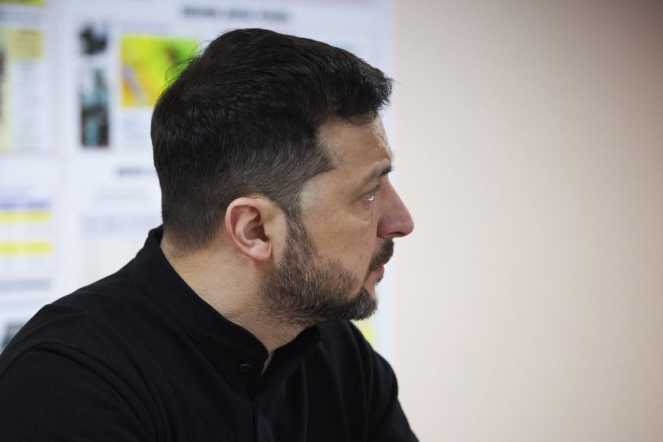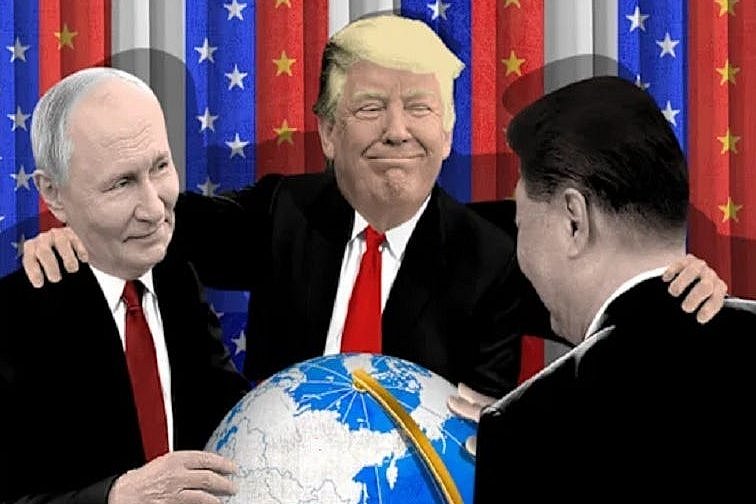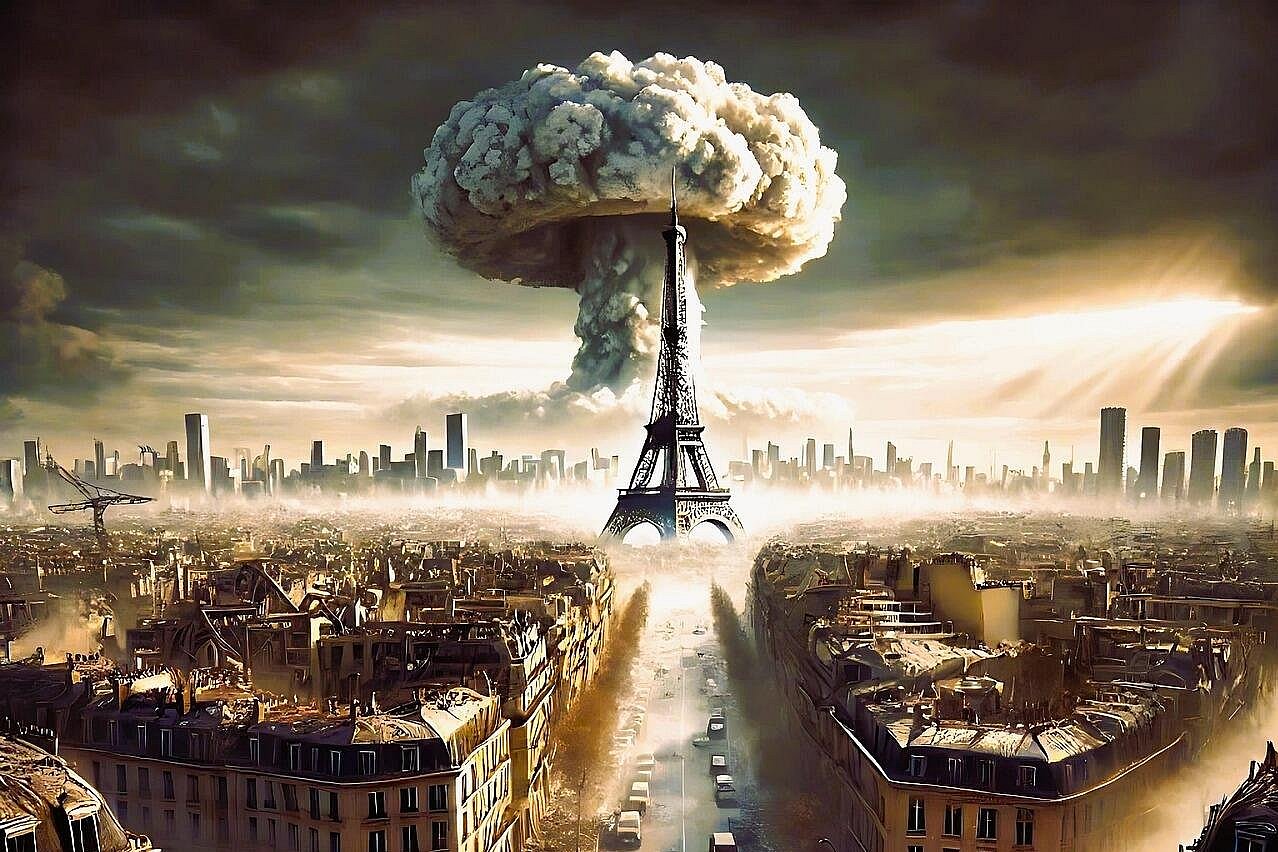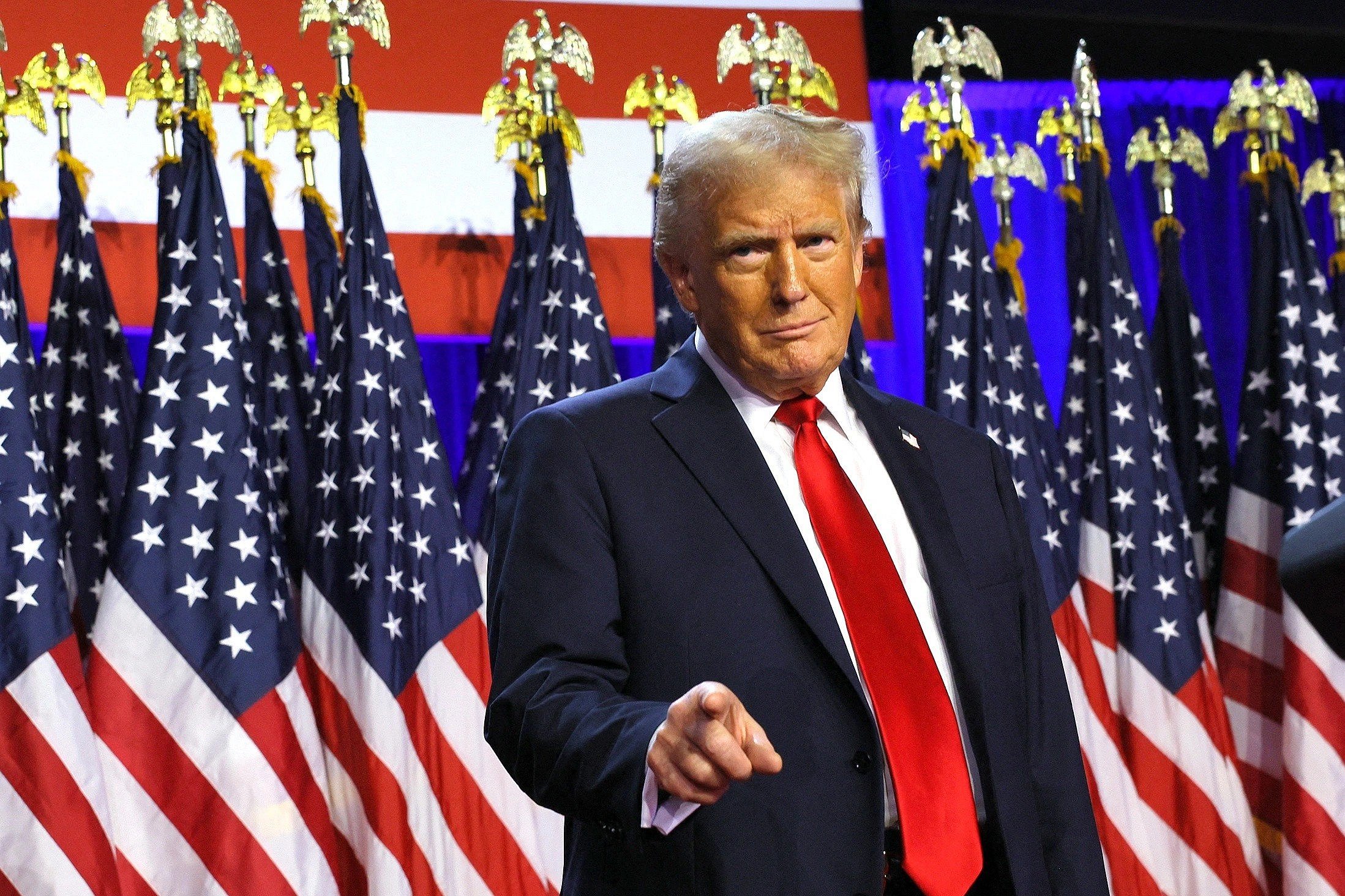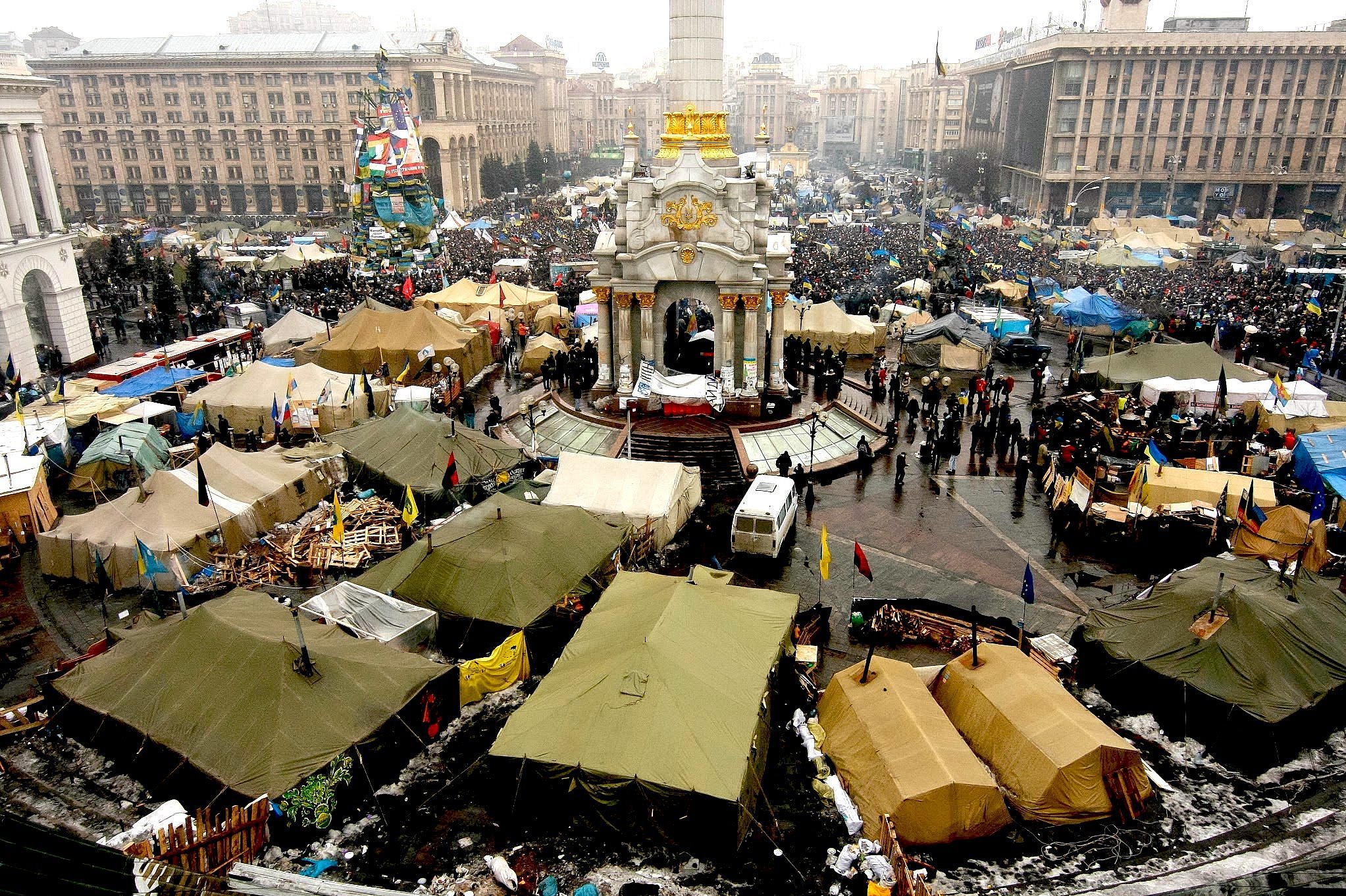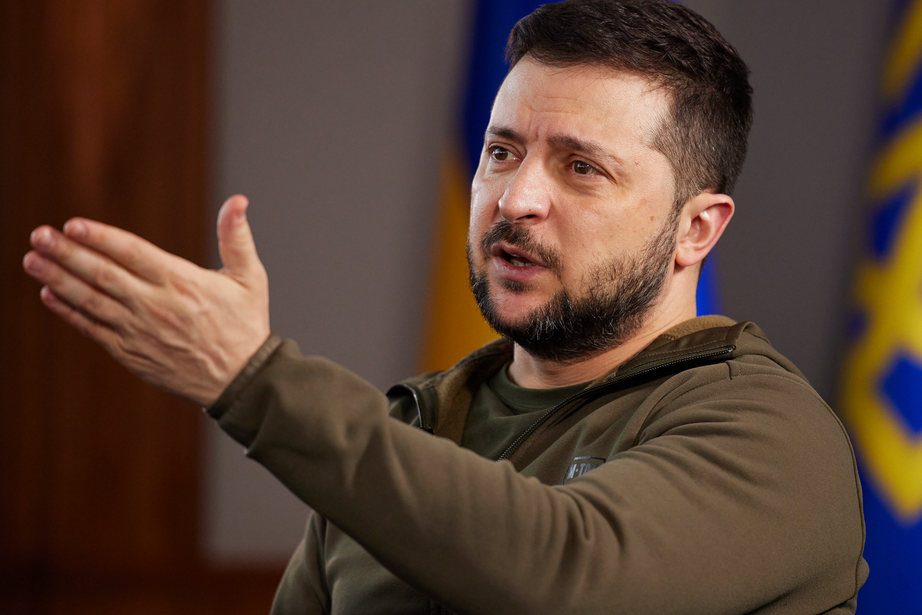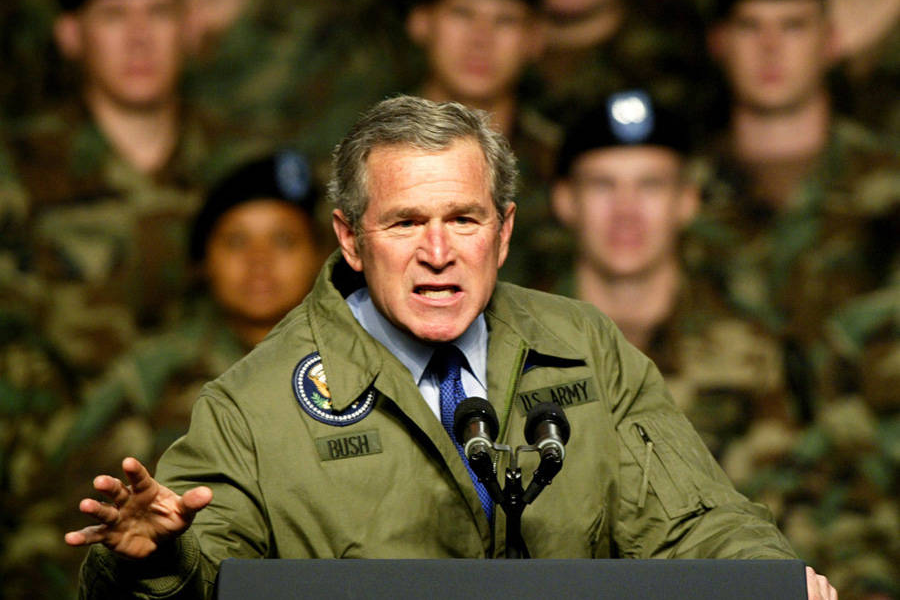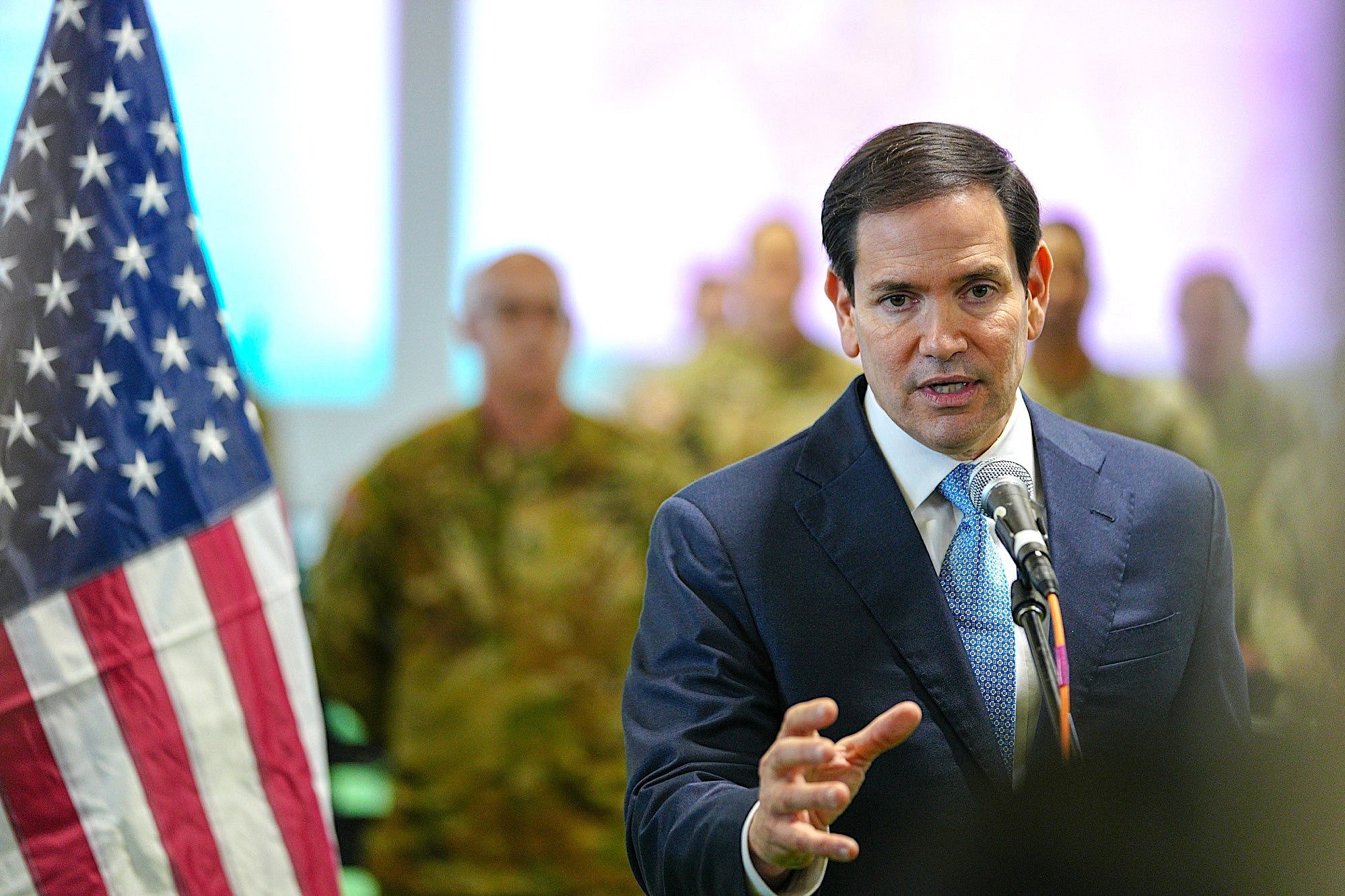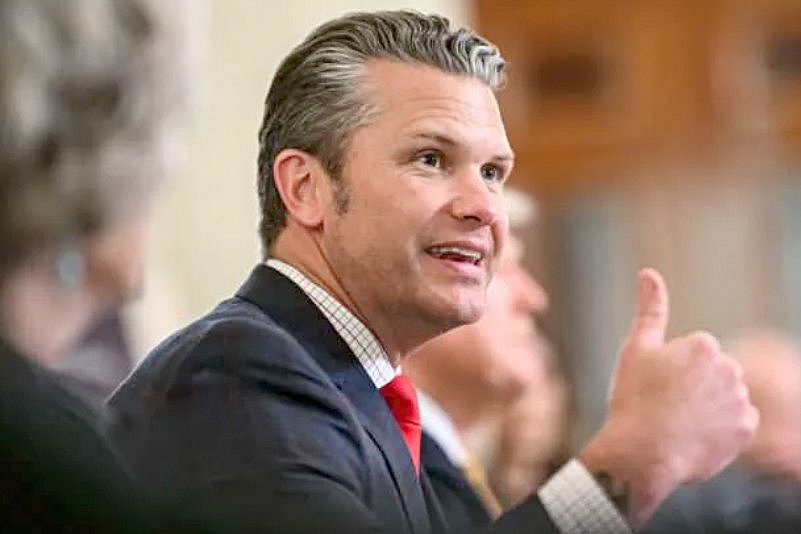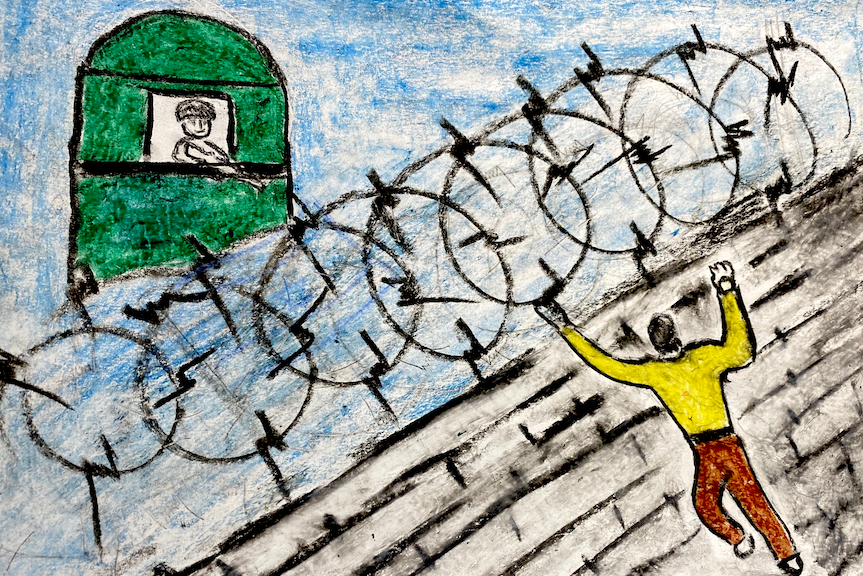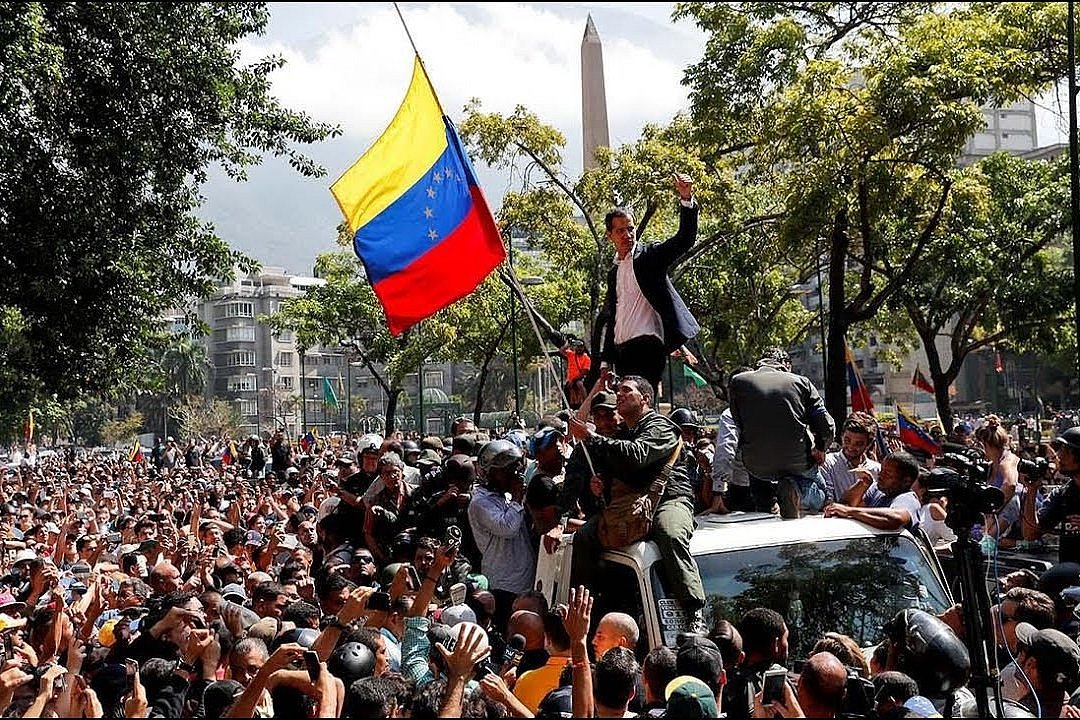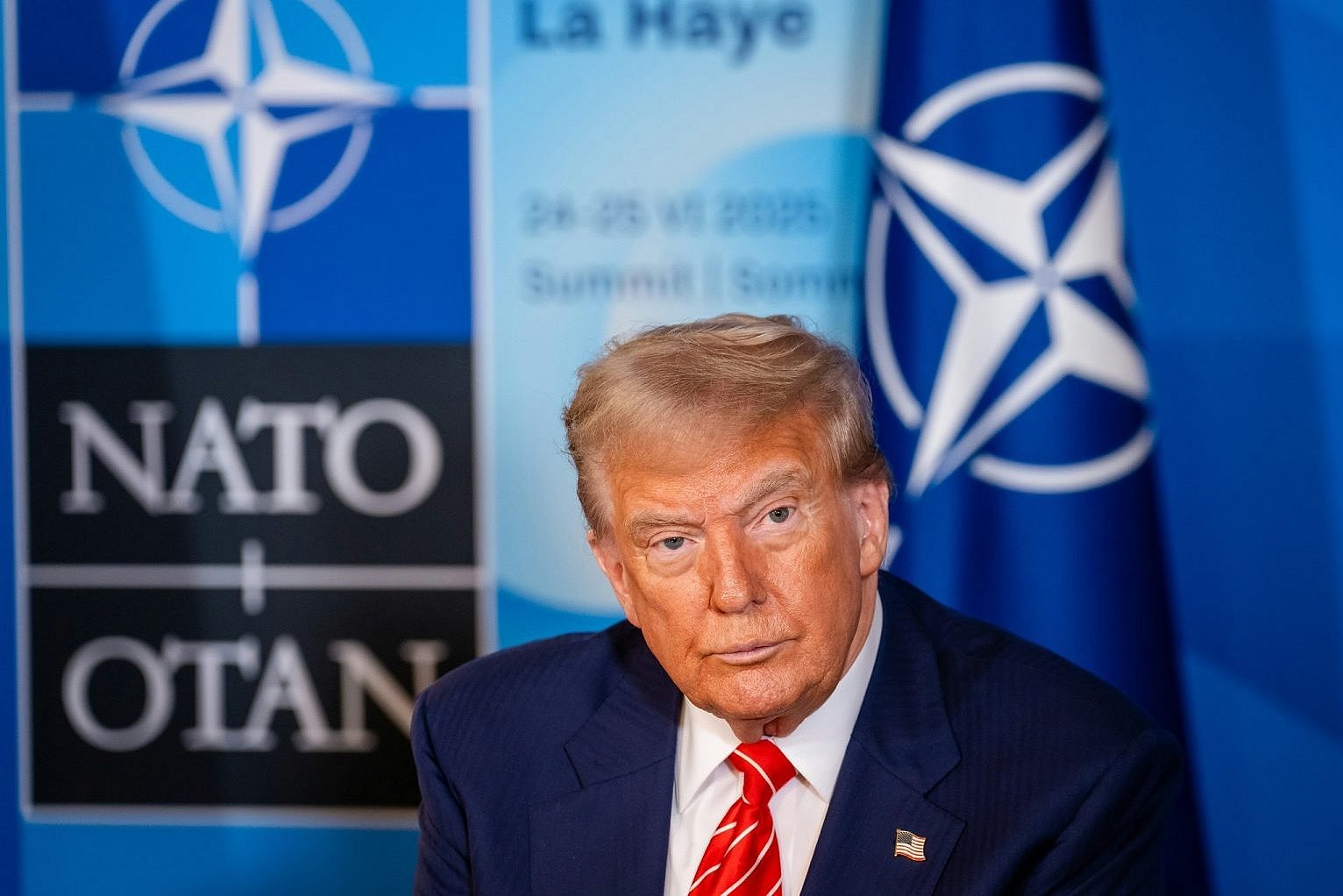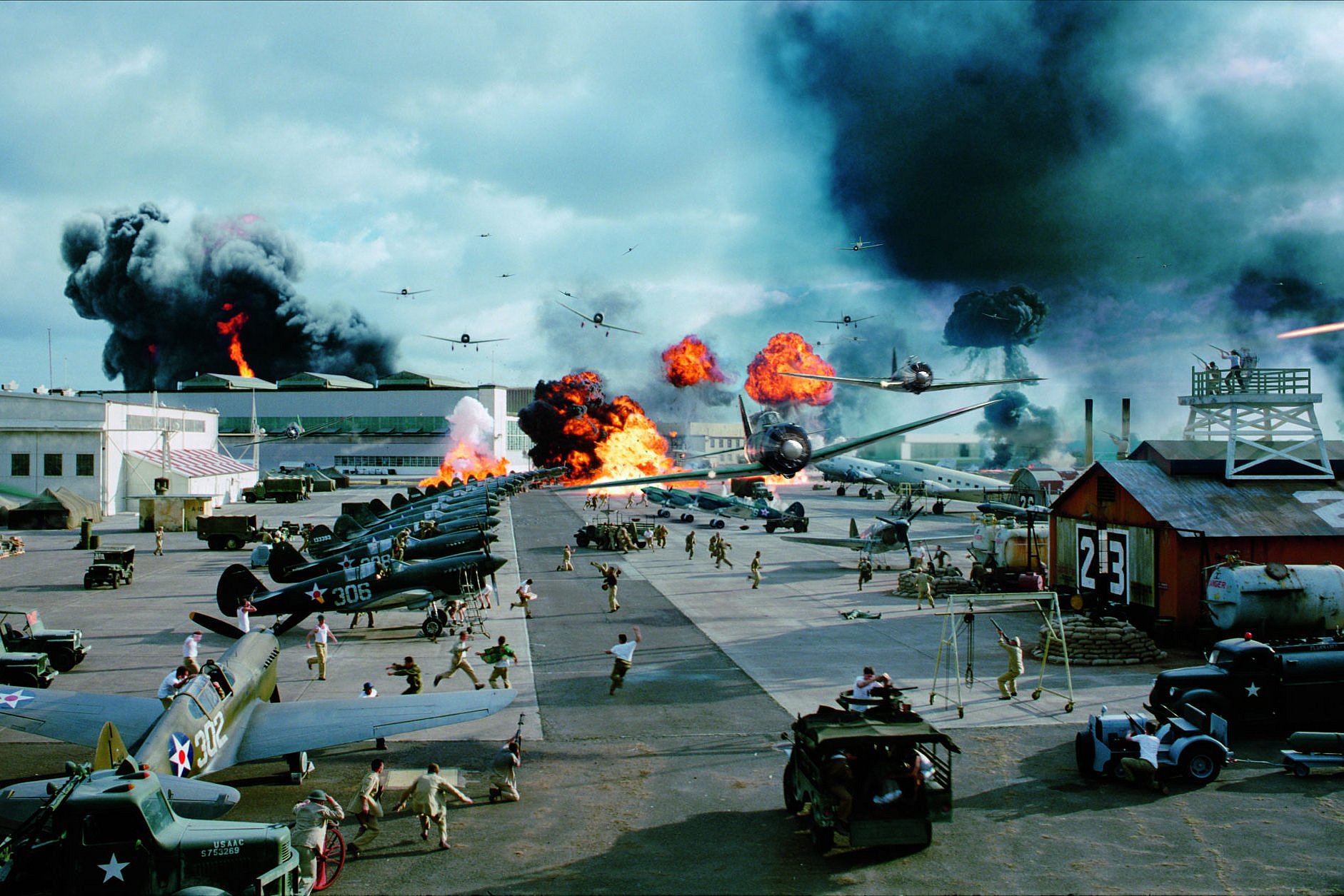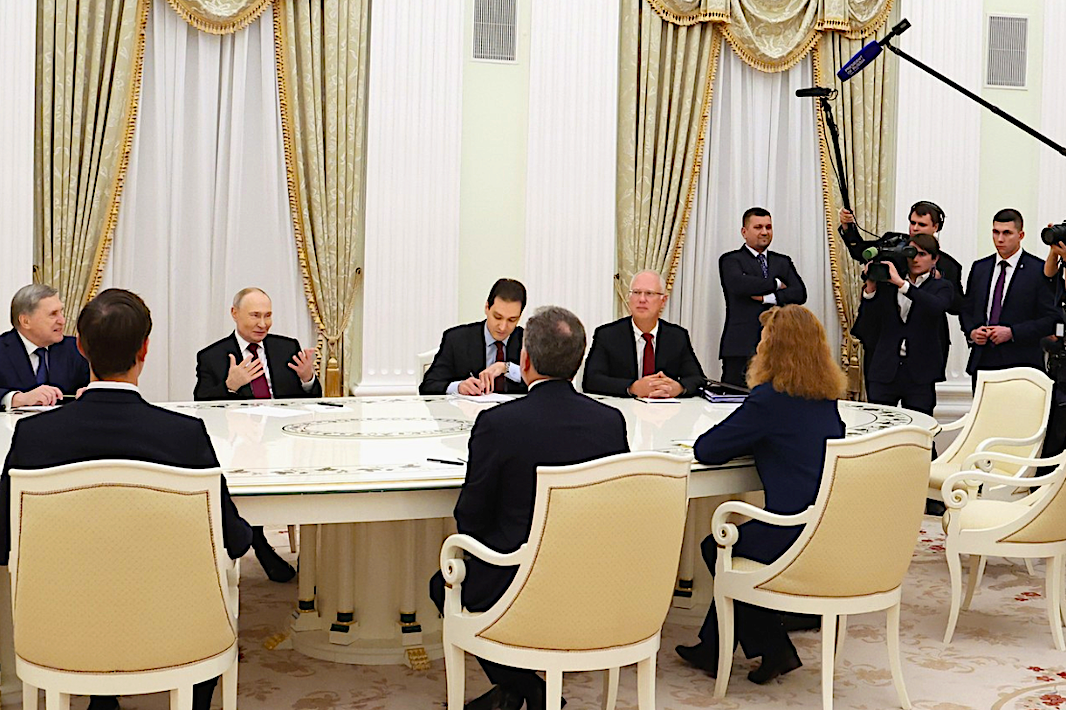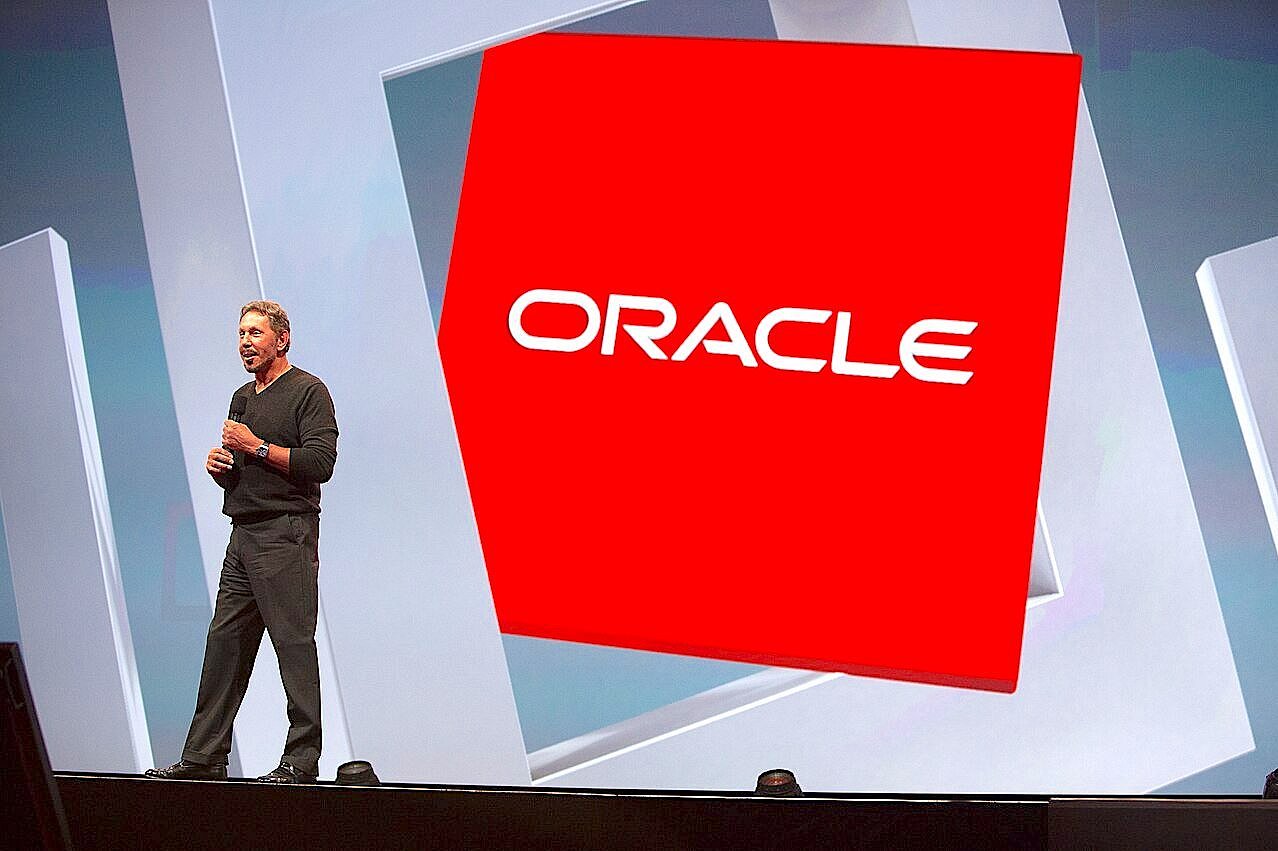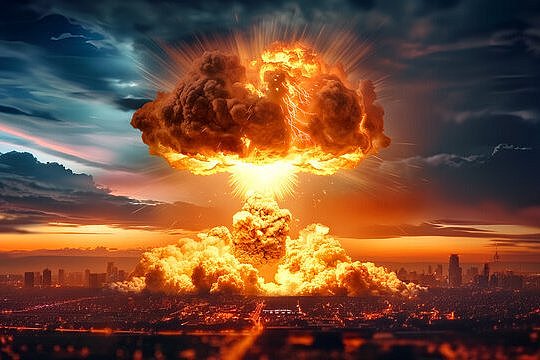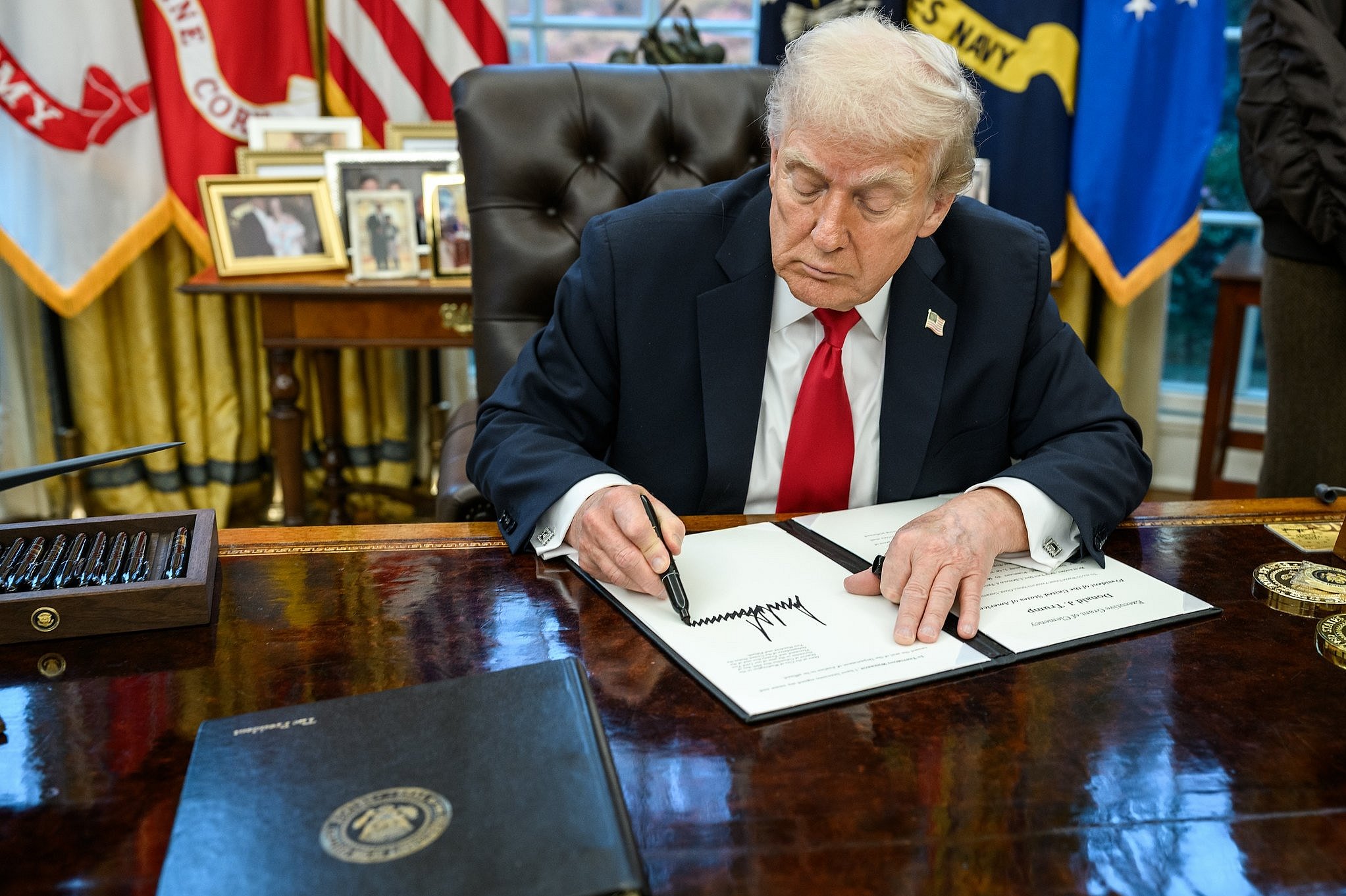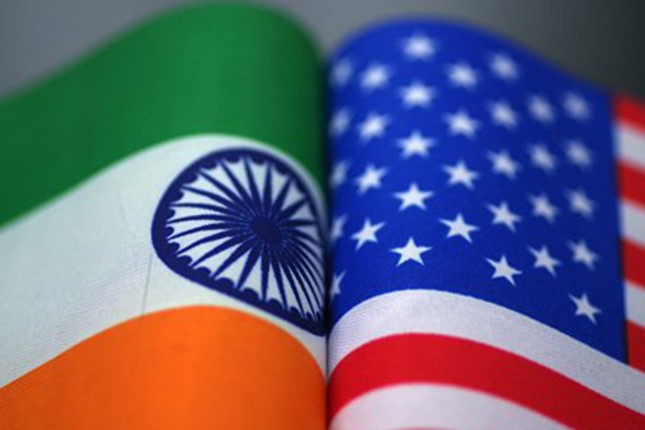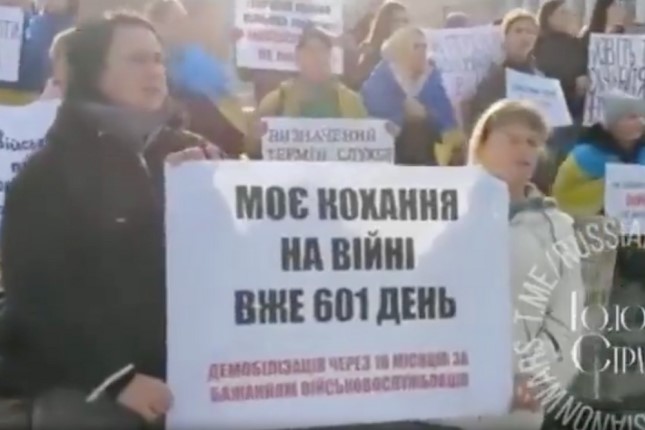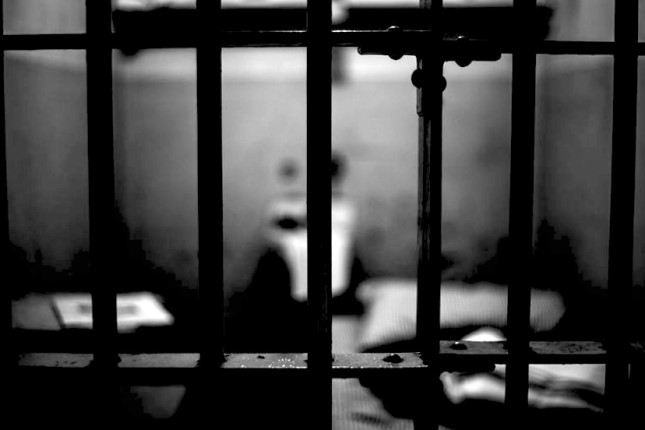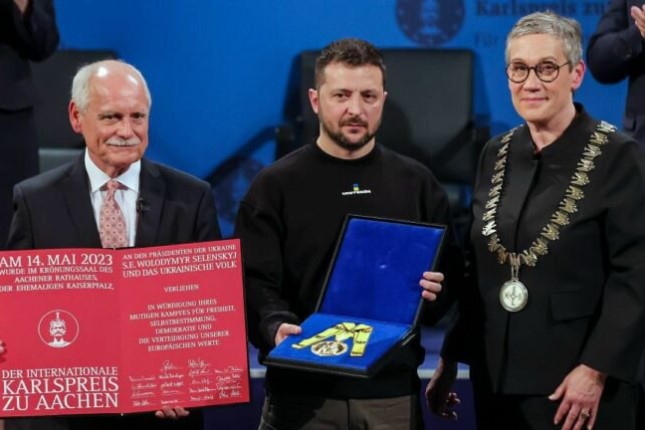It has been evident since long before Donald Trump and JD Vance were elected that the war in Ukraine would one day end with a diplomatic settlement that was based on, and looked much like, the diplomatic settlement that Ukraine was close to finalizing in the first weeks of the war. Trump and Vance did not create that reality: they recognized it.
It has also long been evident that every dollar and every missile sent to Ukraine would cost Ukraine more lives and more land without changing that reality. Prolonging the war would worsen the situation for Ukraine without improving the way the war would end. Continuing to support the war advanced the goals of the U.S. and its NATO partners without consideration of the interests of Ukraine.
So, it was inevitable that the day would come when Ukrainians would wake up to the reality that land had been lost and hundreds of thousands of lives destroyed to attain the same settlement that was on the table from the start of the war.
That day arrived in Paris on April 17. Trump had promised a quick end to the war, and he was becoming frustrated. “If for some reason, one of the two parties makes it very difficult, we’re just going to say, you’re foolish,” Trump fumed. “You’re fools, you’re horrible people,” he said, “and we’re going to just take a pass.”
On April 17, Secretary of State Marco Rubio presented that ultimatum to French, British, German and Ukrainian officials at a meeting intended to discuss the peace plan. “We need to figure out… within a matter of days, whether this is doable in the short term,” Rubio told them. “If it’s not, then I think we’re just going to move on.” Though Rubio didn’t specify who was being blamed and who was being pressured, it was clear to European diplomats and Ukrainian officials that the ultimatum was aimed mostly at Ukraine.
On that same day, the U.S. team presented the Ukrainian team in Paris a one-page peace plan that stated that it was Trump’s final offer. The U.S. would walk away if the deal wasn’t accepted. “The Ukrainians have to go back home, they have to run it by their president, they have to take into account their views on all of this,” Rubio said. “But we need to figure out here now, within a matter of days, whether this is doable in the short term. Because if it’s not, then I think we’re just going to move on.”
Vance would later make the same point. “We’ve issued a very explicit proposal to both the Russians and the Ukrainians,” he said, “and it’s time for them to either say yes or for the United States to walk away from this process.”
The U.S. was serious. When Ukraine sent signals that they wanted the next meeting in London to bypass Trump’s peace plan and continue to focus only on a thirty-day ceasefire, Rubio and Trump’s special envoy Steve Witkoff pulled out of the talks.
For the peace plan to move forward, compromise would be needed on both sides. Both sides had their red lines. Much attention has been paid to Russian President Vladimir Putin’s preconditions, but Ukrainian President Volodymyr Zelensky has laid down preconditions too. Zelensky has stipulated that children abducted by Russia and Ukrainian civilians illegally held by Russia must be returned. He has identified as red lines that no territory beyond that already occupied by Russia be ceded, that adequate security guarantees be given, and Ukraine could not accept limitations on its armed forces.
Putin has laid down the preconditions that a guarantee be signed that Ukraine will not join NATO, that Ukraine troops withdraw from the annexed regions, that there be protection for ethnic Russians in Ukrainian territory, that there be limits on the Ukrainian armed forces, and that the U.S. and Europe do not contribute troops to a peacekeeping force.
The Trump peace plan demands compromise from both sides. It has six key points. The first is that, though Ukraine can become a member of the European Union, it cannot ever become a member of NATO. Trump’s special envoy for Ukraine Keith Kellog has confirmed that “NATO isn’t on the table.” On April 22, Trump told Time, “I don’t think they’ll ever be able to join NATO.”
The second is that the U.S. will officially recognize Russian control of Crimea. European officials who have seen the document have confirmed this, and Trump confirmed it to Time, saying simply, “Crimea will stay with Russia.”
The third is that Ukraine will acknowledge the de facto Russian control of the territory it currently occupies without officially recognizing it. Vance has confirmed that the plan would “freeze the territorial lines at some level close to where they are today.” Ukraine would promise not to attempt to retake the territory militarily, while presumably retaining the right to reacquire it diplomatically.
The fourth is the lifting of sanctions that have been imposed on Russia since 2014.
Fifth is a security guarantee for Ukraine that would involve troops from European countries as well as “a separate, non-NATO military force to help monitor a ceasefire along a demilitarised zone spanning the entirety of the more than 1,000km front line.”
Finally, the plan promises Ukraine “compensation and assistance for rebuilding.”
The third point, that Ukraine will recognize the de facto control only of the territory that Russia controls militarily and not the entire territory Russia annexed represents a major concession by Putin who offered to freeze the territorial boundaries along the current lines in order to reach a deal. Putin reportedly told Witkoff that Russia “could relinquish its claims to areas of four partly occupied Ukrainian regions that remain under Kyiv’s control.”
That the document does not seem to mention limits on the Ukrainian armed forces suggests another possible concession by Russia. The guarantee of NATO members participating in the peacekeeping forces will require another concession by Putin that has not yet either been made or refused.
On April 23, though, Zelensky unambiguously rejected Trump’s peace plan. His rejection outraged Trump. “The situation for Ukraine is dire,” he said. “He can have Peace or, he can fight for another three years before losing the whole Country.”
Zelensky cited two reasons for his rejection. The first is that “Ukraine will not legally recognize the occupation of Crimea,” Zelensky said. “It’s our territory, the territory of the people of Ukraine, there is nothing to discuss here.” The second is that Ukraine’s constitution commits it to pursuing membership in NATO. Zelensky refused to give up the Ukraine’s NATO ambitions.
Both of Zelensky’s statements are misleading, though. As Trump quickly pointed out, there is nothing in the document that says Ukraine has to recognize Russian control of Crimea: it states only that the U.S. will. “Nobody, Trump posted, “is asking Zelensky to recognize Crimea as Russian Territory.”
And as for Ukraine’s constitution committing it to the pursuit of NATO membership, constitutions can be amended, as, in this regard, the Ukrainian constitution has. Ukraine’s Declaration of Sovereignty and its Constitution both committed it to neutrality and prohibitted entry into a military pact, including NATO. That changed in February 2019 when then-Ukrainian president Petro Poroshenko amended the constitution, committing Ukraine to a “strategic course” that pursued NATO membership. As Poroshenko changed the constitution in order to pursue NATO membership, so Zelensky can change it back.
Zelensky, himself, said as much at the beginning of the war: “We are not afraid to talk to Russia. We are not afraid to say everything about security guarantees for our state. We are not afraid to talk about neutral status.” Several other Ukrainian officials made the same concession at the beginning of the war. Crucially, Ukraine was prepared to make this concession while negotiating the Istanbul agreement.
Ukraine could have had the deal offered on April 17 – with less loss of land and life – at the start of the war, making April 17 and 18 Ukraine’s worst days. If Zelensky rejects the deal, and Trump “walks away,” then either by the force of Russia’s military or by the force of a future American pen, Ukraine will still one day sign essentially the same agreement with yet more loss of land and life.
Source: AntiWar.com.
